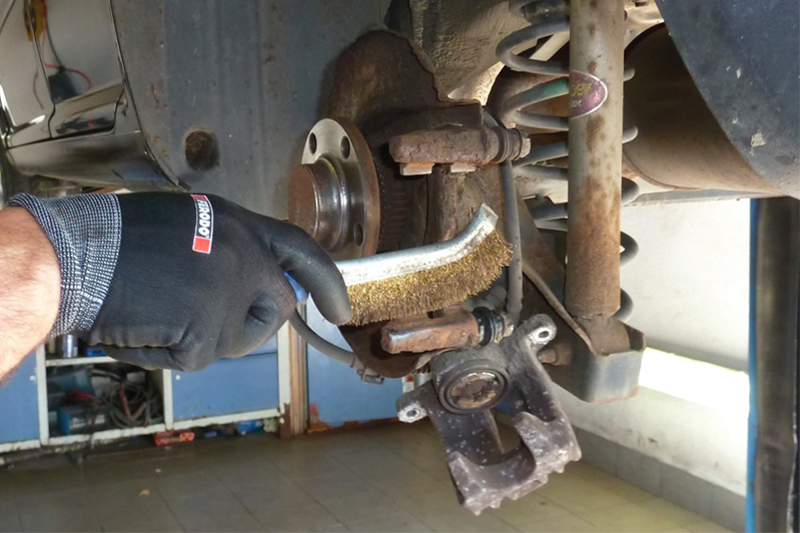
DRiV’s Garage Gurus, the technical support team behind the company’s Ferodo and Jurid OE braking brands look at the best practice for fitting brake pads to optimise safety, performance and durability.
Brake pads are some of the hardest working components on a car. When the brakes are applied, the caliper squeezes the two pads together onto the spinning brake disc, with the friction slowing and eventually stopping the vehicle. Around town and on longer journeys, the brake pads may be called on to slow a car hundreds of times.
Unsurprisingly then, replacing brake pads is one of the most common automotive repairs, it’s also one of the most straightforward jobs for a mechanic. However, while it’s relatively simple to complete, if the correct installation process isn’t followed, then it can give rise to several issues e.g., brake noise, caliper rattle and pad movement.
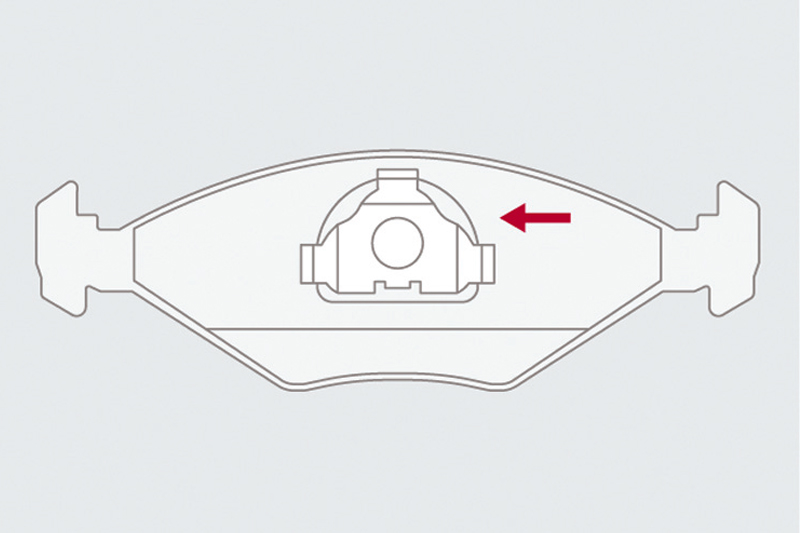
Preparation is key
To ensure compatibility between components and optimum performance, it’s always best to have matching brands of discs and pads, and to use new installation hardware. A good sign of quality brake pads is that these replacement springs and bolts will also be included in the kit.
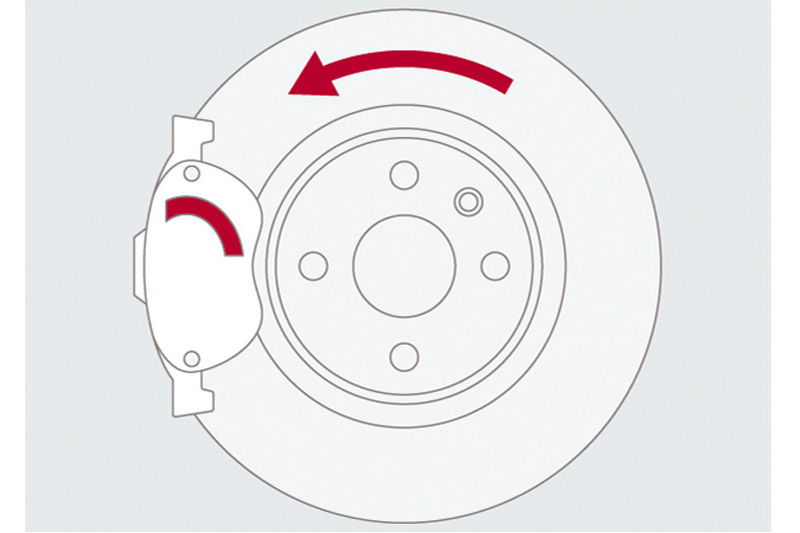
Before replacing the pads it’s vital to first check and clean the caliper mounting surfaces, which will ensure unrestricted movement of the pistons and remove any contamination or debris that may cause brake noise.
Such noise can also be avoided by adding special temperature-resistant brake grease to the abutment of the brake pads, the caliper mounts and the new brake pad clips. However, never use copper-based grease for brake system parts as this can cause electromechanical corrosion and may also lead to sticking at high temperatures.
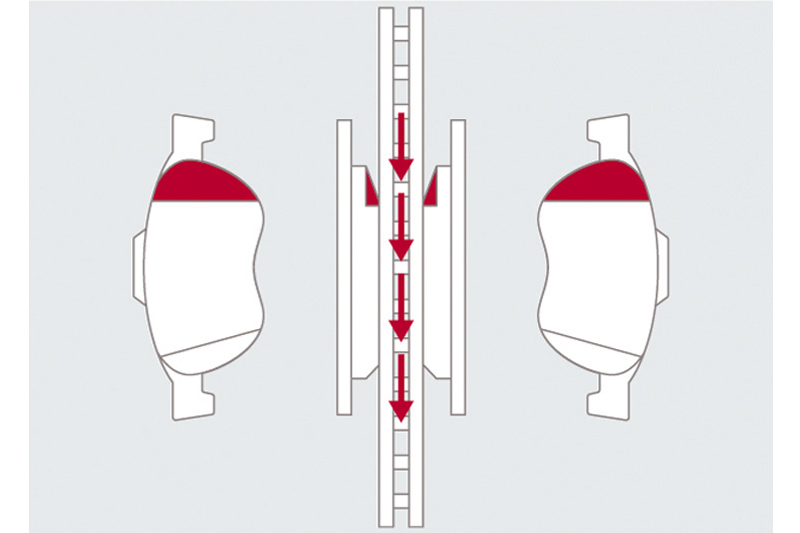
Dealing with directional brake pads
With all the surfaces cleaned and prepared, inserting the brake pads is next. At this stage, determine whether the pads are ‘directional or not. ‘Directional’ brake pads have an asymmetrical design that sees them applied to the disc at an angle, which works to reduce vibration and noise.
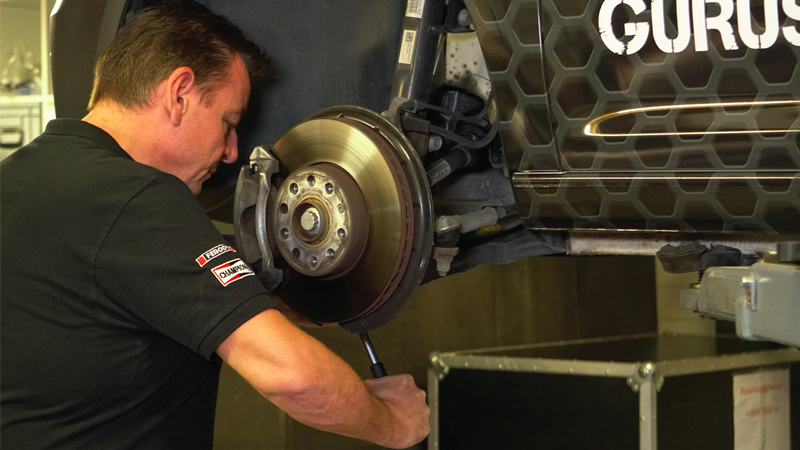
Often, these pads will have a chamfer on the friction surface, or a cut-out in the noise reduction shim on the backing plate that needs to be positioned on the caliper in a specific way. To eliminate potential noise, the arrow marking on the backplate of the pad also needs to match the direction of brake disc rotation.
Some brake pads will have rivets on the backplate, too. Again, these types must be fitted in the right position to avoid misalignment and potential noise and vibration.
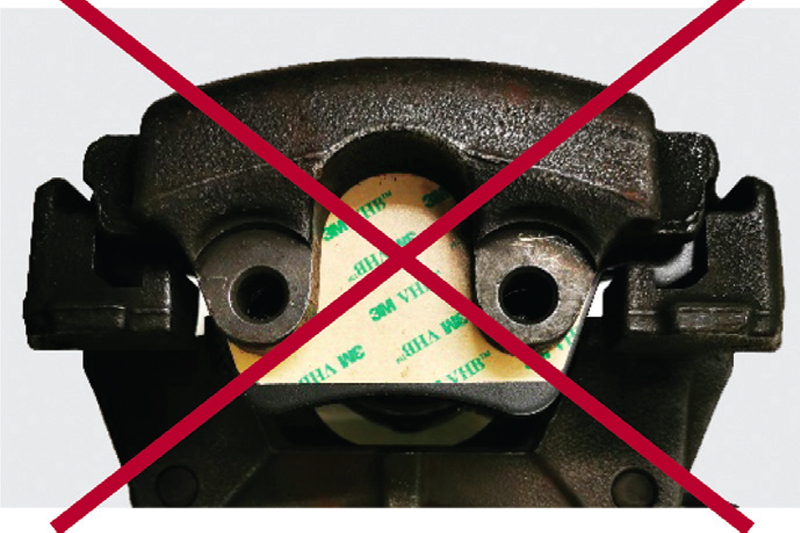
Be aware that some brake pads may also be supplied with an adhesive foil. If this is the case, only the paper needs to be removed. The adhesive foil is there to secure the brake pad to the caliper piston and avoid any movement.
Tightening the caliper and wheel bolts must be done to manufacturer’s recommendations and the use of a pneumatic impact wrench must be avoided. Instead, a gentle compressed air tool and then a torque wrench are recommended.
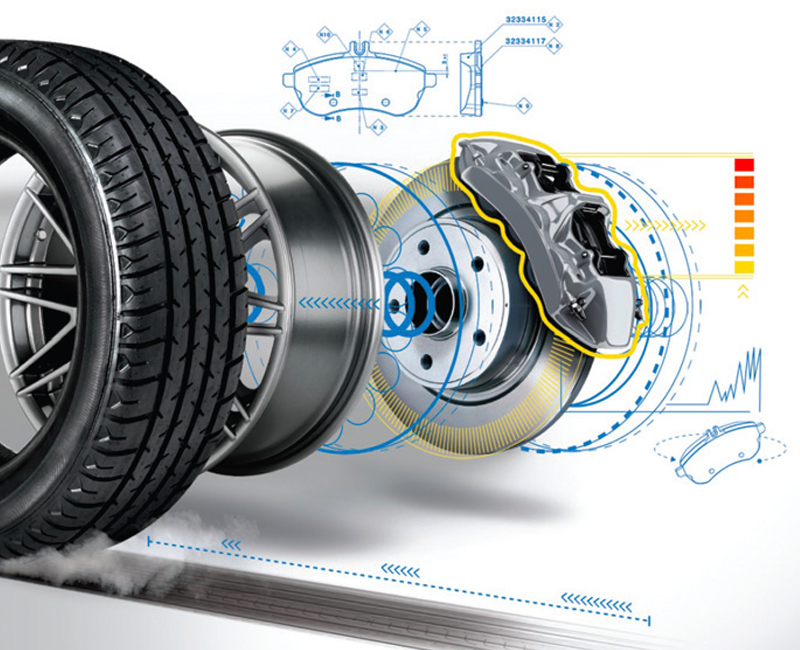
Bedding-in
With the vehicle back on the ground and the replacement of the brake pads finished, there’s one more vital thing to complete – the correct bedding-in process. First, check the brake pedal for correct travel and feel, and then, for initial bedding-in, apply the brakes around 20 times to slow the vehicle from 80 to 30 km/h using slight or moderate pressure. It’s then a case of advising the customer to avoid sudden braking or braking from high speed for the first 200 miles. Issuing a bedding-in slip with the customer’s invoice can act as a good reminder.
By following the right installation and bedding-in process, the chance of any unwanted noise or vibration are minimised, with the vehicle acting under braking as it should.
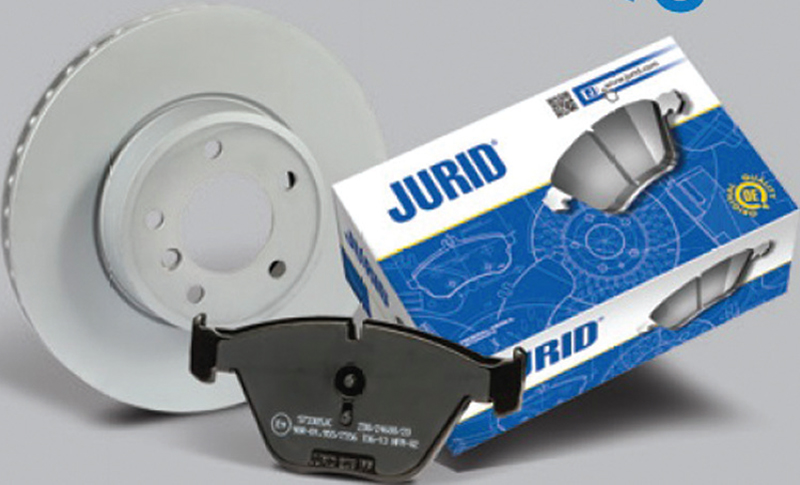
For the best job, match the right procedure with quality brake pads and brake discs. The company recommends using both pads and discs of the same brand for best compatibility and performance. For matching OE quality, Jurid or Ferodo have decades of proven braking expertise in producing components that excel in all conditions. This way, the customer will benefit from a long-lasting repair that returns their vehicle’s braking performance to as the manufacturer intended.









